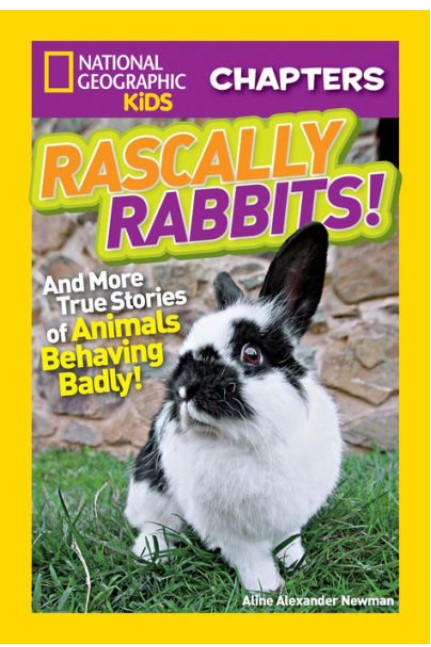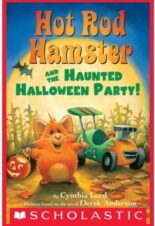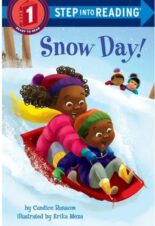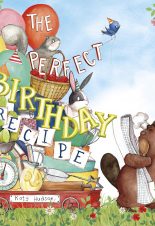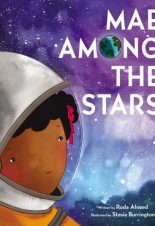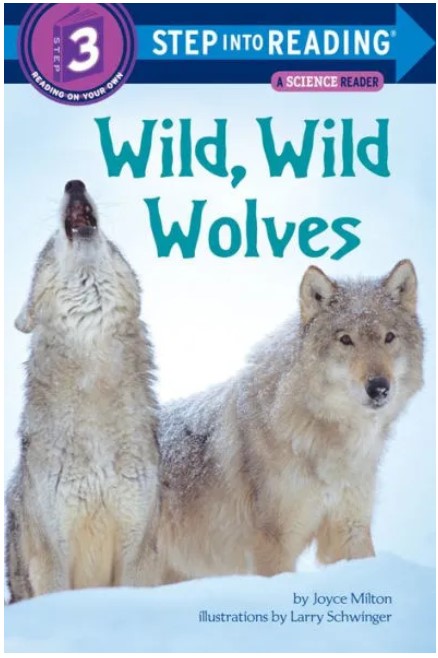
Buy This Book
“Today people are trying to live in tune with nature, as wolves do. They want to save some of the wild places left on earth. If that happens, there will be wild, wild wolves howling in the forest for years to come.” –Wild, Wild Wolves
Wild, Wild Wolves
Step into Reading 3
by Joyce Milton
AR Test
5+
Score
3.3
48
Learn about one of nature’s most enduring and misunderstood creatures—the wolf. The book begins by explaining the difference between dogs and wolves and then delves into wolves’ habits, including how they must hunt to stay alive. Readers will learn about wolf packs and how wolves communicate with each other. The book also explains how pups are raised.
While most of the book focuses on wolves’ lives, readers will also learn how wolves are portrayed in fairy tales and horror movies. The book ends with a story about a Sioux Indian who was saved by wolves. Since wolves are wild animals, people should not try to tame them like dogs. Instead, the book encourages readers to “live in tune with nature, as wolves do. [People] want to save some of the wild places left on earth. If that happens, there will be wild, wild wolves howling in the forest for years to come.”
Wild, Wild Wolves is part of the Step into Reading Level Three Series, which targets readers in first grade through third grade. With three short chapters, Step Three books are both longer and slightly more difficult than Step Two books. Each page has three to seven sentences and a large illustration. This level includes some more challenging vocabulary and concepts, though the meaning is made clear through context and illustrations.
Readers who are curious about nature will enjoy learning interesting facts about wolves. Wolf-pack behavior, body language, and the meaning of howls are all demystified in this natural history book. There are several pages dedicated to wolves’ need to hunt other animals, which might upset sensitive readers. However, the overall message of the book is that wolves are not to be feared, but respected.
Sexual Content
- None
Violence
- The eating habits of wolves are described. “The wolves chase many moose. Most of them run away. But one big moose stands and fights. It kicks out with its powerful hooves. An angry moose can kill a wolf. Soon the pack leaves it alone.”
- The wolves surround an “old, sick moose. It is too weak to run or fight. . . One wolf charges. It bites the moose’s nose and hangs on tight. In minutes the fight is over. The hungry wolves can eat.” The illustration shows the wolf biting the moose’s nose; there is no blood.
- People used to think wolves “were their enemies. For a long time hunters shot every wolf they could find. They even shot wolves from airplanes.” The illustration shows a man holding a gun out of an airplane’s window. A wolf is lying in the snow under the plane.
- Because wolves “learn that a lamb or a calf makes a good dinner. . . Some [ranchers] kill wolves with poison, traps, or guns.” A wolf is shown near a trap.
Drugs and Alcohol
- None
Language
- None
Supernatural
- None
Spiritual Content
- None
“Today people are trying to live in tune with nature, as wolves do. They want to save some of the wild places left on earth. If that happens, there will be wild, wild wolves howling in the forest for years to come.” –Wild, Wild Wolves
Latest Reviews

Game Changer

Swimming with Spies

The Only Game
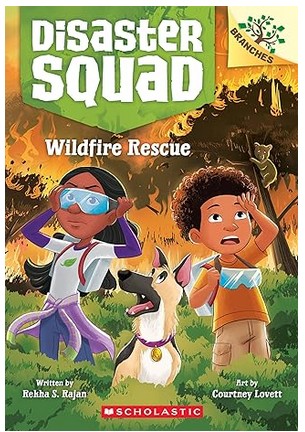
Wildfire Rescue
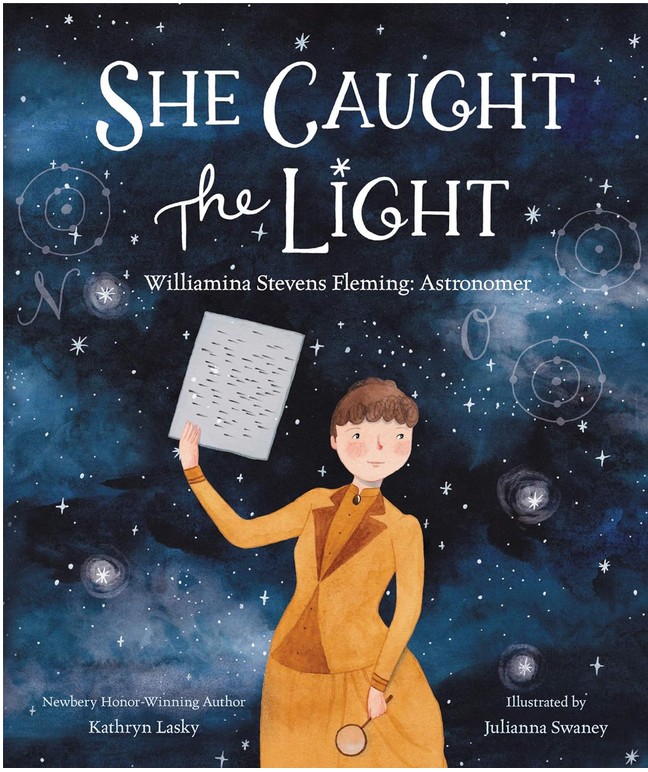
She Caught the Light: Williamina Stevens Fleming: Astronomer
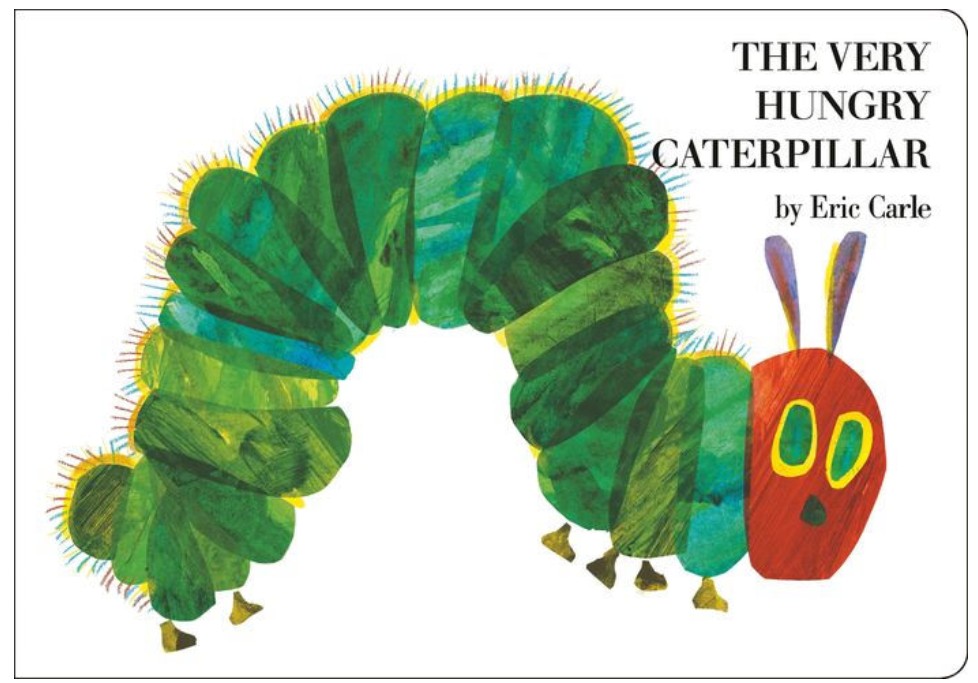
The Very Hungry Caterpillar

Second to None

Legends: The Best Players, Games, and Teams in Baseball

Aaron Judge vs. Babe Ruth: Who Would Win?
